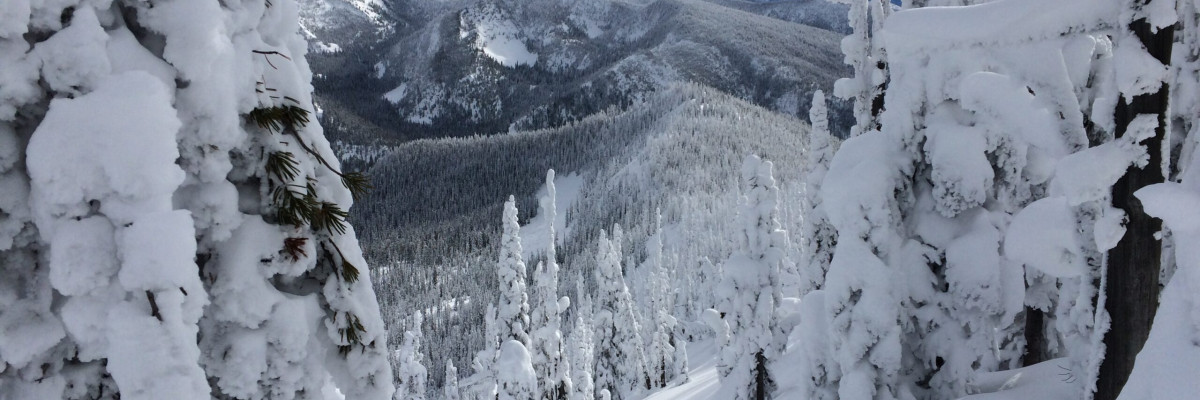The current avalanche danger is Moderate in the west central Montana backcountry. Human triggered avalanches are possible. Heightened avalanche conditions exist in isolated terrain.
Good morning, this is Travis Craft with the West Central Montana Avalanche Center’s avalanche advisory for December 29, 2015. This danger rating does not apply to operating ski areas, expires at midnight tonight (Dec.29) and is the sole responsibility of the U.S. Forest Service.
Weather and Snowpack
Today, winds are calm in the region. Mountain temperatures are in the teens. The advisory area received a small amount of snow in the last 24 hours.
Steve and I toured in the Rattlesnake yesterday and found a healing snowpack. The primary avalanche concern today is the persistent slab that is failing on the basal facets from Thanksgiving. This layer is not propagating in our tests and the facets are rounding. The only way to find this layer is to dig in the snow and see if the layer is reactive. A skier could possibly trigger this layer in spots on slopes (wind scoured ridgelines, rock out crops, and tree clusters) that have shallower snowpacks. Terrain management is key today.
The second avalanche problem is loose dry avalanches. These avalanches are small in size and are not a problem unless they take you into a terrain trap (trees, gullies and cliffs). Always look at slopes and assess the consequences of the terrain.
Avalanche and Weather Outlook
Scattered showers will continue through today with light accumulations of snow. By Wednesday, high pressure should move into the advisory area. I would expect the avalanche danger to stay the same with this weather forecast.
I will issue the last advisory for 2015 on New Years Eve (Thursday), December 31, 2015. Ski and ride safe.
























